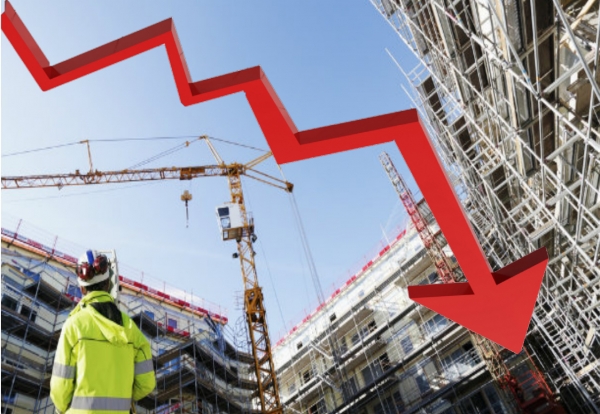The Ashes of Doubt: A California Court and the Future of Fire Insurance
Is a recent ruling in California sounding the alarm for homeowners across the Golden State? Indeed, it is. The embers of a legal decision, a court ruling, have sent a chill through the insurance world and ignited a firestorm of concern for those in the path of California’s ever-present wildfires. A state appeals court has spoken, and its words may well redefine the boundaries of what insurance companies are compelled to cover in the wake of these devastating blazes.
Is the California Appeals Court Decision Really That Significant?
It is. At the heart of the matter lies the interpretation of “direct physical loss or damage” in homeowner’s policies. The court, siding with a lower court’s earlier judgment, has essentially said that the mere presence of wildfire debris, that ash, soot, and fire residue left behind after a home has escaped complete destruction, does not automatically trigger coverage. Homeowners now face a higher bar: they must prove *direct* damage, beyond just the mess that the fire leaves behind. This means demonstrating actual harm to the dwelling itself.
Does This Ruling Hurt Homeowners?
It does pose problems. It casts a long shadow, and the implications are heavy. This decision, this *judicial decision,* could limit the ability of homeowners to collect on their claims. In wildfire-prone areas, where such damage is commonplace, this could be a great blow. Many have had to face the agonizing reality of losing a home or having one damaged by fire. For them, proving direct physical damage to property for an insurance claim is key.
Will Insurance Companies Change Their Tactics?
Yes. The industry is already reacting. We can anticipate a reevaluation of coverage, particularly in the high-risk areas. This could lead to insurance coverage limitations or, the specter that haunts so many, increased premiums. With the climate changing as it is, with wildfires growing in strength and frequency, the industry’s response will influence many. The FAIR Plan, a state-backed insurance program, may again become the lifeline for those left out in the cold by the private market. (Cite Source:https://www.insurance.ca.gov/0400-news/0100-press-releases/2025/release014-2025.cfm). We see the problems mount.
Is California’s Insurance Market Already in Trouble?
The challenges are present. California has, for some time now, faced a turbulent insurance climate. (Cite Source:https://www.insurancebusinessmag.com/us/sitemap/2025-02/). Policy cancellations are a growing concern. Insurers are pulling back from regions where the risk seems too high. The state is working, attempting to stabilize the market.
How Can a Homeowner Protect Themselves?
A homeowner must, by definition, take action. (Cite Source:https://news.ambest.com/Default.aspx/newscontent.aspx?altsrc=23). Knowledge is power, particularly in times such as these. Know your policy and coverage. Document everything. A paper trail can be key, especially during times of insurance claim requests. Understand the terms of your insurance – exclusions and limitations, and know about the FAIR Plan. (Cite Source:https://www.cbsnews.com/news/fires-california-palisades-fire-homeowners-insurance-state-farm-fair-losses/).
What Are Some Common Misunderstandings About Insurance?
The truth of the matter. Here’s a common misconception. People too often assume that all home insurance policies are the same, and that all cover wildfire debris removal. They do not. It’s crucial to read the fine print and to clarify exactly what is and is not included. Don’t simply accept a denial of a claim. Often, a rejection is not final. Appeal it. Know that the FAIR Plan, while providing coverage, does not always match the breadth of a standard policy.
Is There Any Debate About Insurance Coverage?
Yes. The matter is still being debated in the courts, in statehouses, and around kitchen tables. The interpretation of “direct physical loss” remains a sticking point. Affordability and availability of coverage in high-risk areas is a central conversation. The role of the FAIR Plan, whether it is truly a sufficient safety net, is under scrutiny. Legislative action, to protect homeowners and to address the challenges of a changing climate, is needed. Homeowners must speak up; their voices matter, and so does their protection.
Disclaimer: General Information & Accuracy
This blog provides general information and discussions about insurance and related subjects for informational purposes only. It is not intended as professional advice, including but not limited to financial, legal, or medical advice. We strive for accuracy, but laws, regulations, information, and best practices constantly evolve, and unintentional errors can occur. Therefore, we make no warranties about the completeness, accuracy, reliability, or suitability of the blog content. Always consult with a qualified professional for advice tailored to your specific situation. Any reliance you place on this information is strictly at your own risk.




